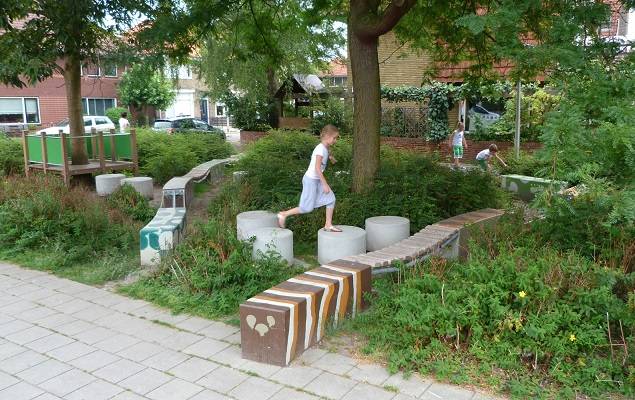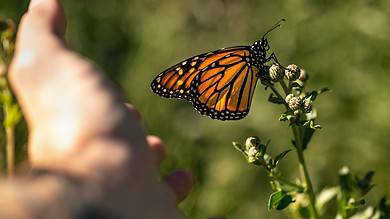
If we understand why the problem is already half solved, we think.
Fear of strangers and strangers
I was adopted and I grew up in a family where my sister was murdered before I was born. A terrible fact that has always scarred my family. No, you didn’t just go from A to B as a teenager. You made sure that at home they always knew what you were doing. Because the fear was always there somewhere. I experienced the Dutroux era completely differently. I saw how the fear of strangers increased because that was very recognizable to me. It also reduced the willingness of parents to let their children play outside unsupervised or even leave home.
Urbanization and loss of green space
I grew up in the city in a house without a garden. My blue picnic table outside in the courtyard was my oasis of greenery. Now I’m not alone. The increase in people living in urban areas and the lack of green spaces in those urban areas contribute to our disconnection from nature. The number of people living in an apartment is increasing. Unfortunately, it is still the case that in deprived neighborhoods there is usually not much green space. Distance to then becomes an important factor. Even if that place is accessible for older people or people with disabilities. The number of apartments is steadily increasing (27%) and in a quarter of the municipalities half of the population does not live in the vicinity of green areas . The only question that remains is whether these usually boringly arranged pieces of lawn encourage you to discover nature as a child.
Parental Fears and Control
I also rudely admit that as a parent I was probably overprotective myself. Attention was not out of the blue and they want to protect them from everything. You will not immediately offer what you do not know, let alone release your children to experiment. The radius of action of children has therefore fallen drastically. However, playing in public space is important for the development of children . Both on the development of their motor skills and for the development of their social identity. “If most children today aren’t even allowed to go out on their own, the chances of them exploring the natural world are even further away.” (Moss, 2012)
Traffic
Naturally, the increase in traffic volume plays an important role. Traffic is considered downright dangerous for parents and children. A study by the University of Wageningen in the Netherlands that once again emphasized the importance of this leeway also made a number of recommendations. For example, you could bet on play routes that connect fun places with each other in a safe way. If you want inspiration, take a look here.


The prohibition to discover
Interaction with nature has been completely restricted. It is forbidden to walk, climb, pick, … everything is restricted by all kinds of rules. So you actively stop children who want to interact with nature. Not often do we project our fears about safety and health and safety, which leads children to see the outside world as a world full of boundaries.
Conservation with closed arms
We mean well, but we are doing well. Many nature associations and institutions that well-intentioned want to preserve our nature do not like unstructured play and discovery in the outdoor space and do not allow it. That also makes it super complex. When is it allowed and when not. As a result, they ensure that nature does not feel like a place with which you are one, but as a place that does not belong to yours. It creates a distance and gives a feeling of alienation. You can never really experience nature physically. In 1978 scientist Pyle warned us in his ‘ Extention of Experience: the loss of human-nature interaction ‘ about the ecological consequences of this and the impact on diversity. If you can’t build an emotional connection with nature, you have no reason to care for it. Unfortunately, 43 years later we have to agree with Pyle.
More interesting reading:
https://nt.global.ssl.fastly.net/documents/read-our-natural-childhood-report.pdf



